Civility in the Workplace: Addressing Human Rights and Management
VerifiedAdded on 2023/01/18
|5
|1053
|21
Report
AI Summary
This report examines the critical role of civility in the workplace, particularly within a multicultural environment, and its implications for human rights and organizational effectiveness. It highlights how incivility, including workplace violence, harassment, and discrimination, can lead to legal challenges and negatively impact employee well-being. The report emphasizes the importance of proactive measures, such as implementing a code of conduct, fostering transparent communication, and prioritizing employee training (e.g., CREW model), to cultivate a respectful and productive work environment. It also addresses the need for organizations to mitigate personality conflicts, promote diversity, and ensure ethical policies to prevent incivility and its adverse consequences, such as demotivation, legal scrutiny, and reputational damage. The report underscores the importance of consistent enforcement, protection of whistleblowers, and soft-skill development to enhance relationships and maintain a healthy workplace culture, referencing relevant literature to support its claims.
1 out of 5
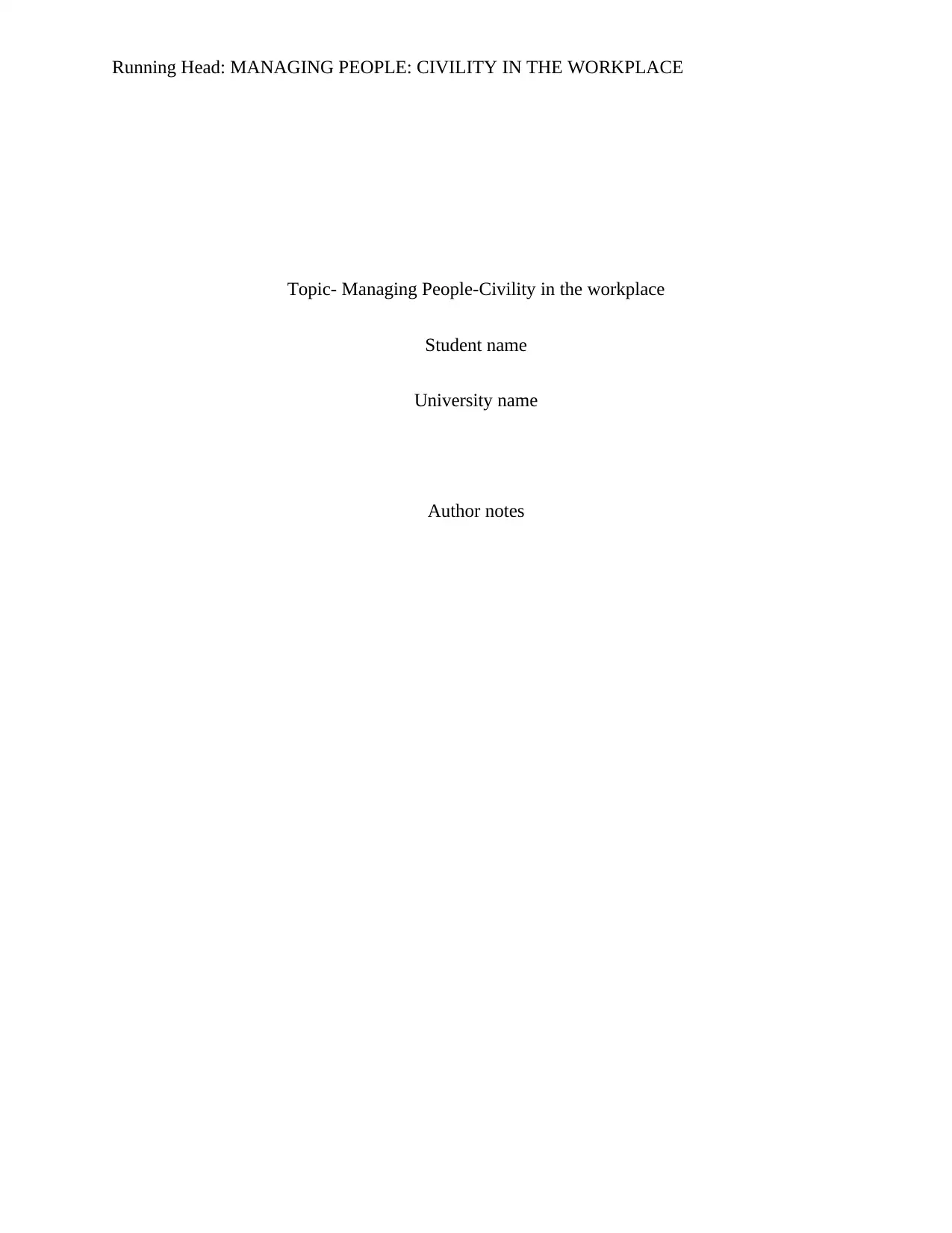
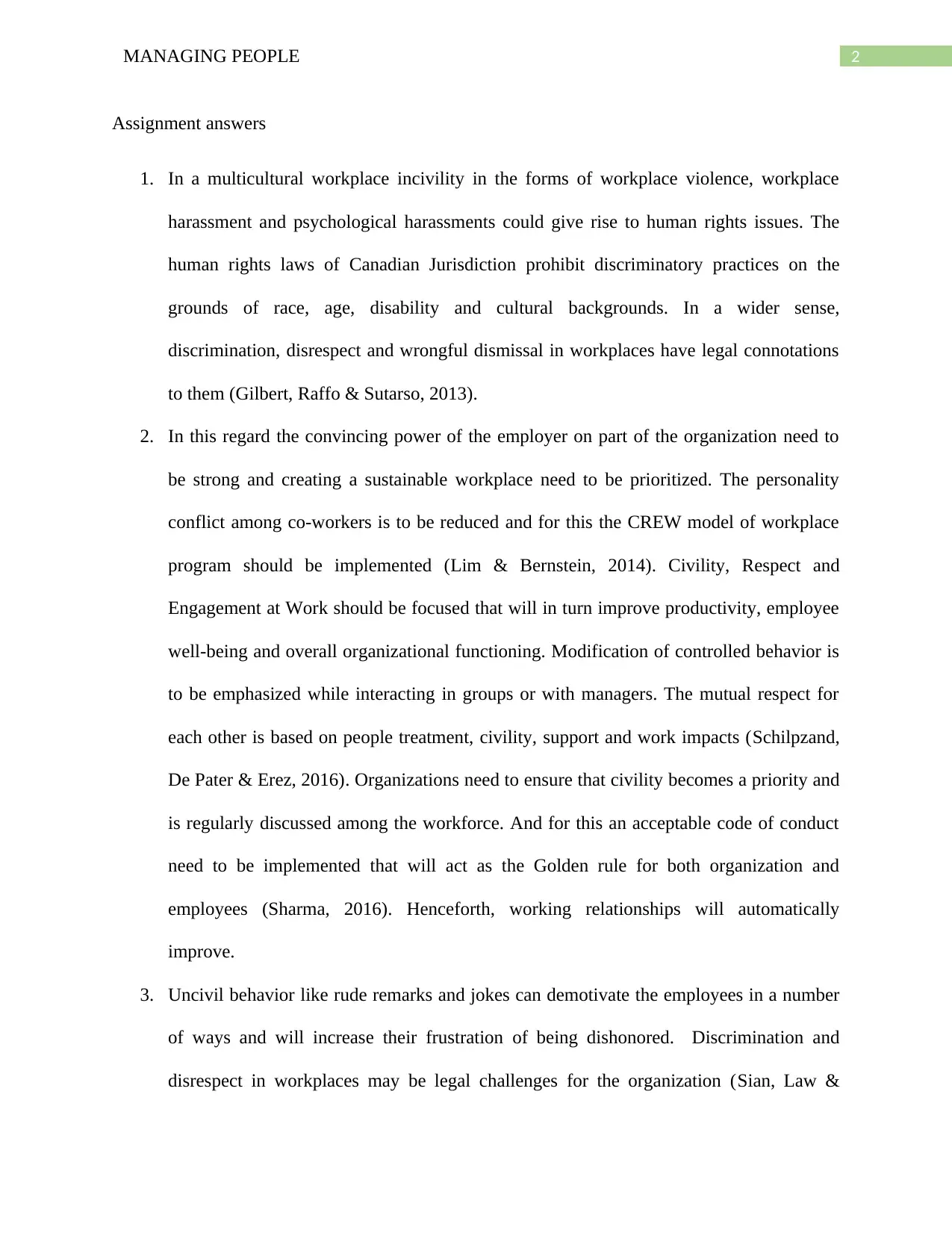
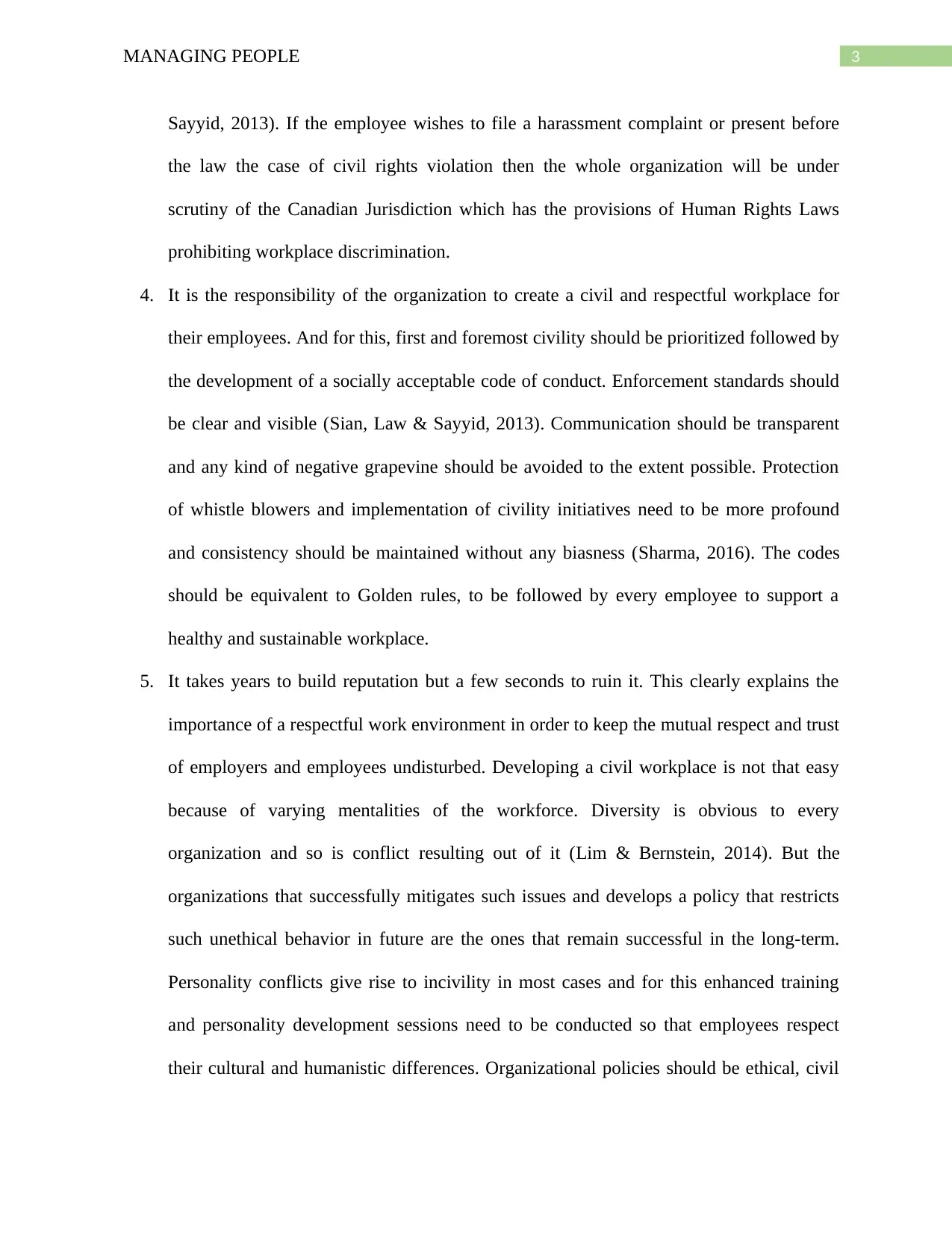

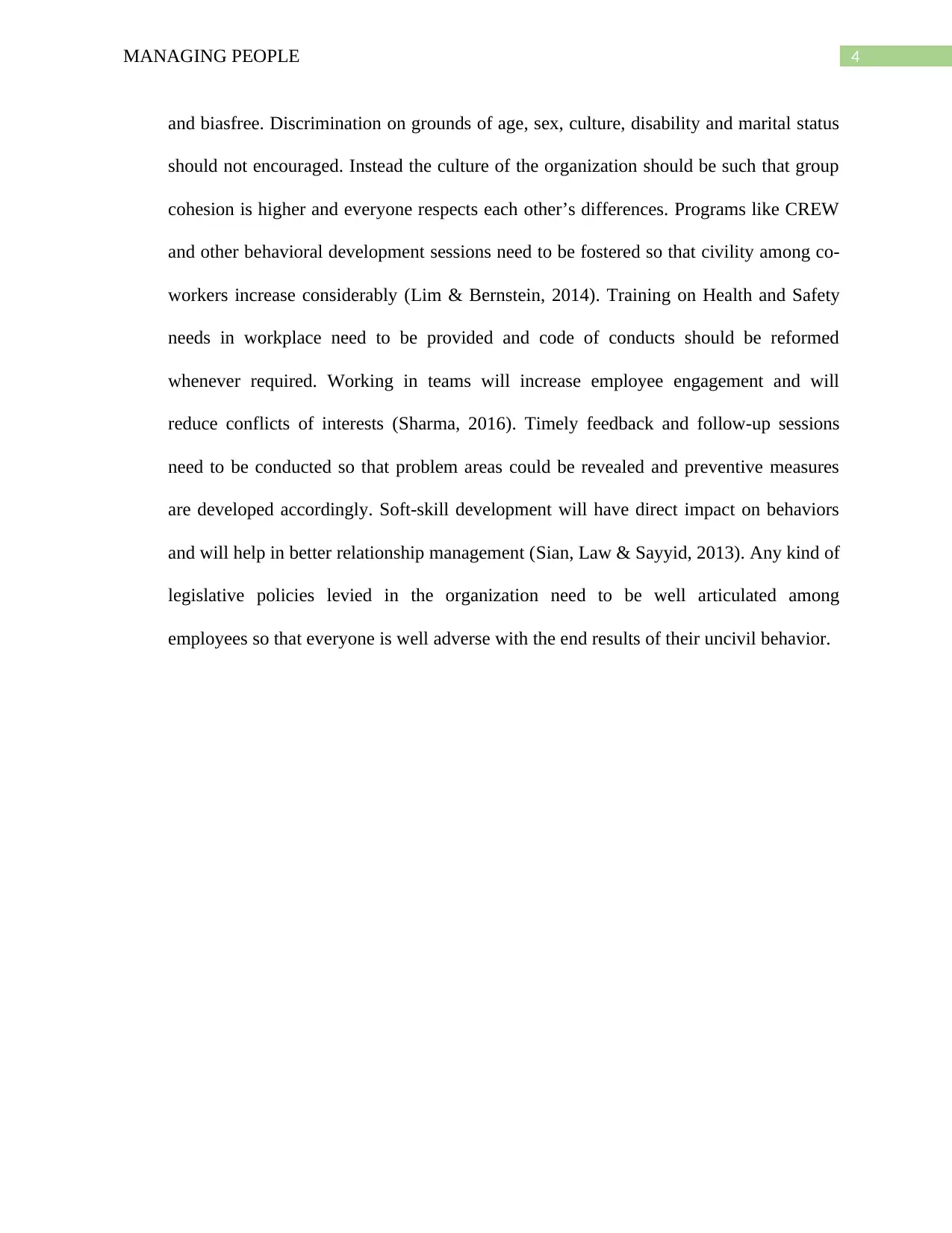
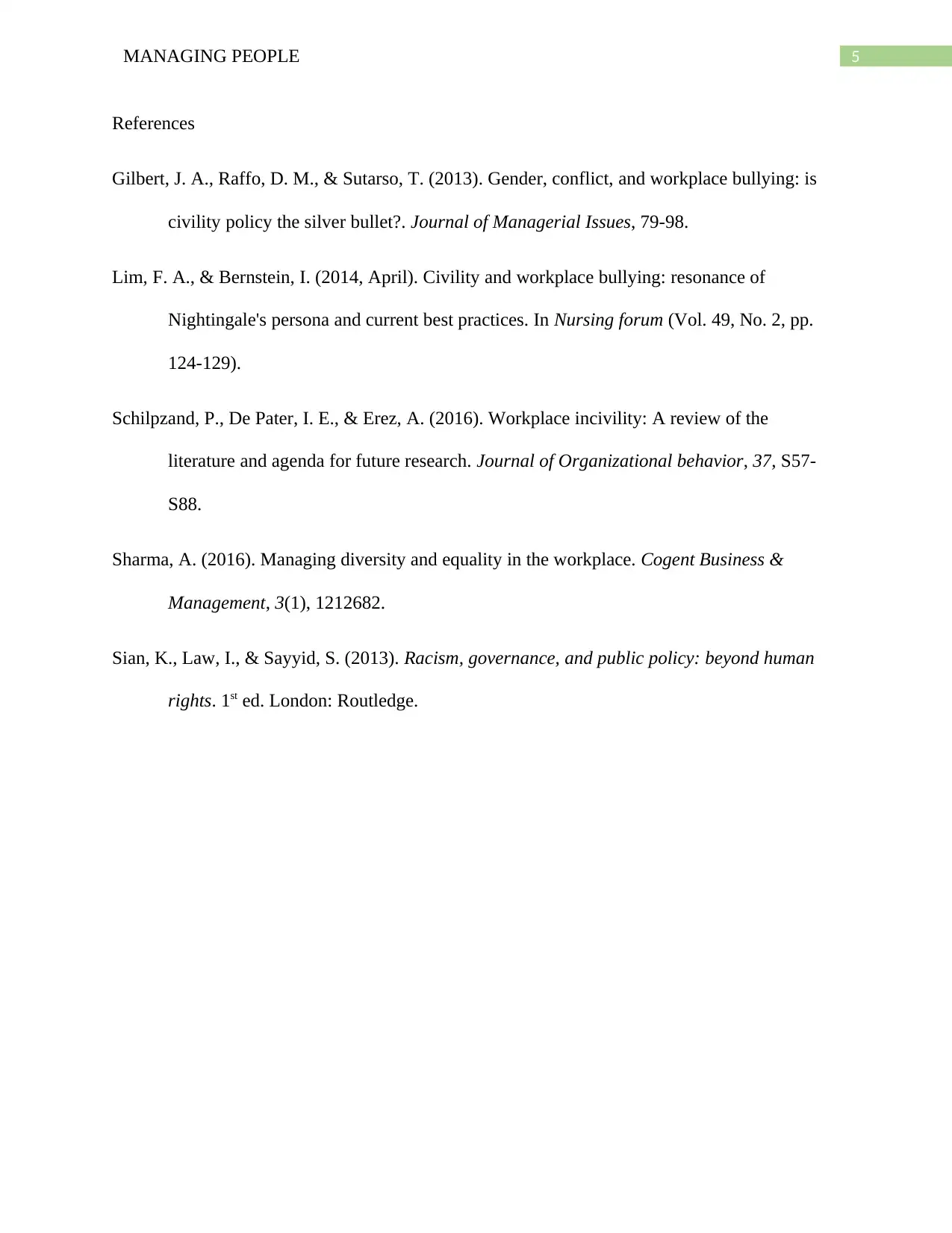





![[object Object]](/_next/static/media/star-bottom.7253800d.svg)